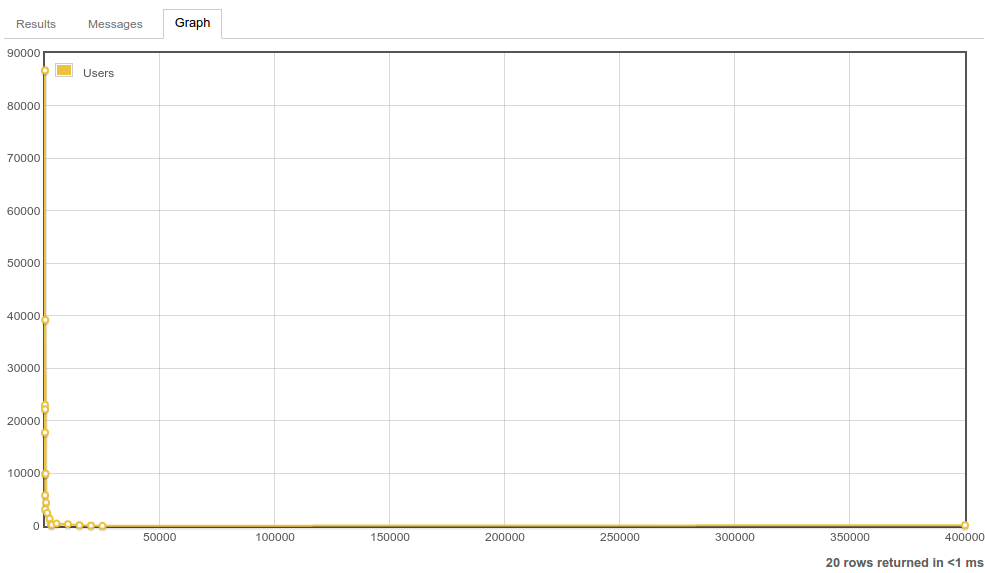Two days ago, I read a proof about a basic property of open sets in Royden’s Real Analysis. It says that each open set in $\Bbb R$ is a countable union of disjoint open intervals. Reading the book, I got stuck at the countability. I tried to think of a map between each open interval and a rational number, but I didn’t know which one to choose. It took me half an hour to understand from the words that the one single rational number inside the open interval can be arbitrarily chosen.
Yesterday, I was puzzled at $\mathcal{T} \subseteq \mathcal{B}$ for a while. On the LHS, I came up with “arbitrary union”; on the RHS, I thought of “countable union”. It seemed that “countable union” is more restrictive than “arbitrarily union”. My teacher said that this is by definition, and I realized that I forgot the definition of Borel sets. He thought that I didn’t know $\mathcal{T}_\sigma = \mathcal{T}$. Finally, I get it.


